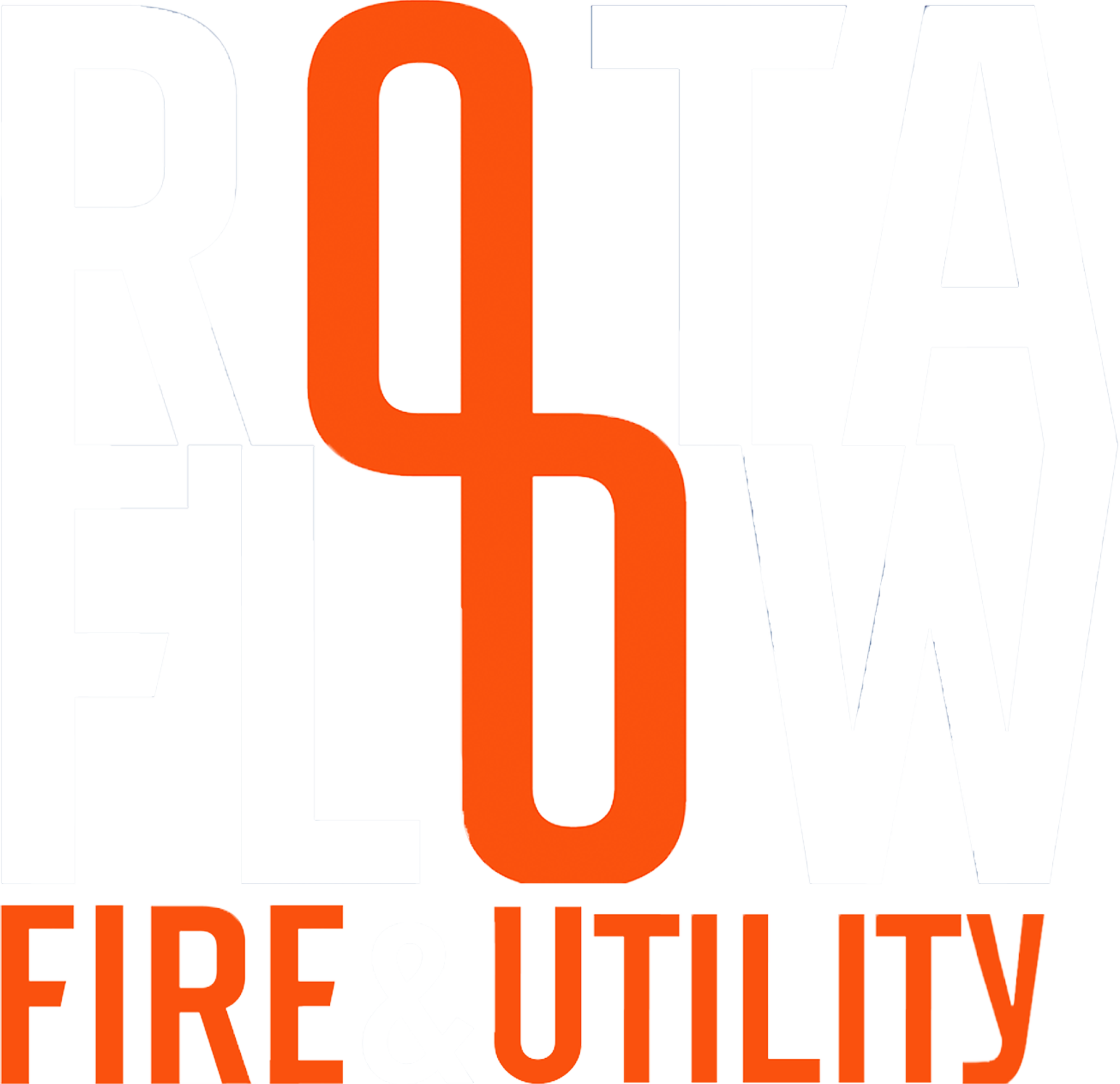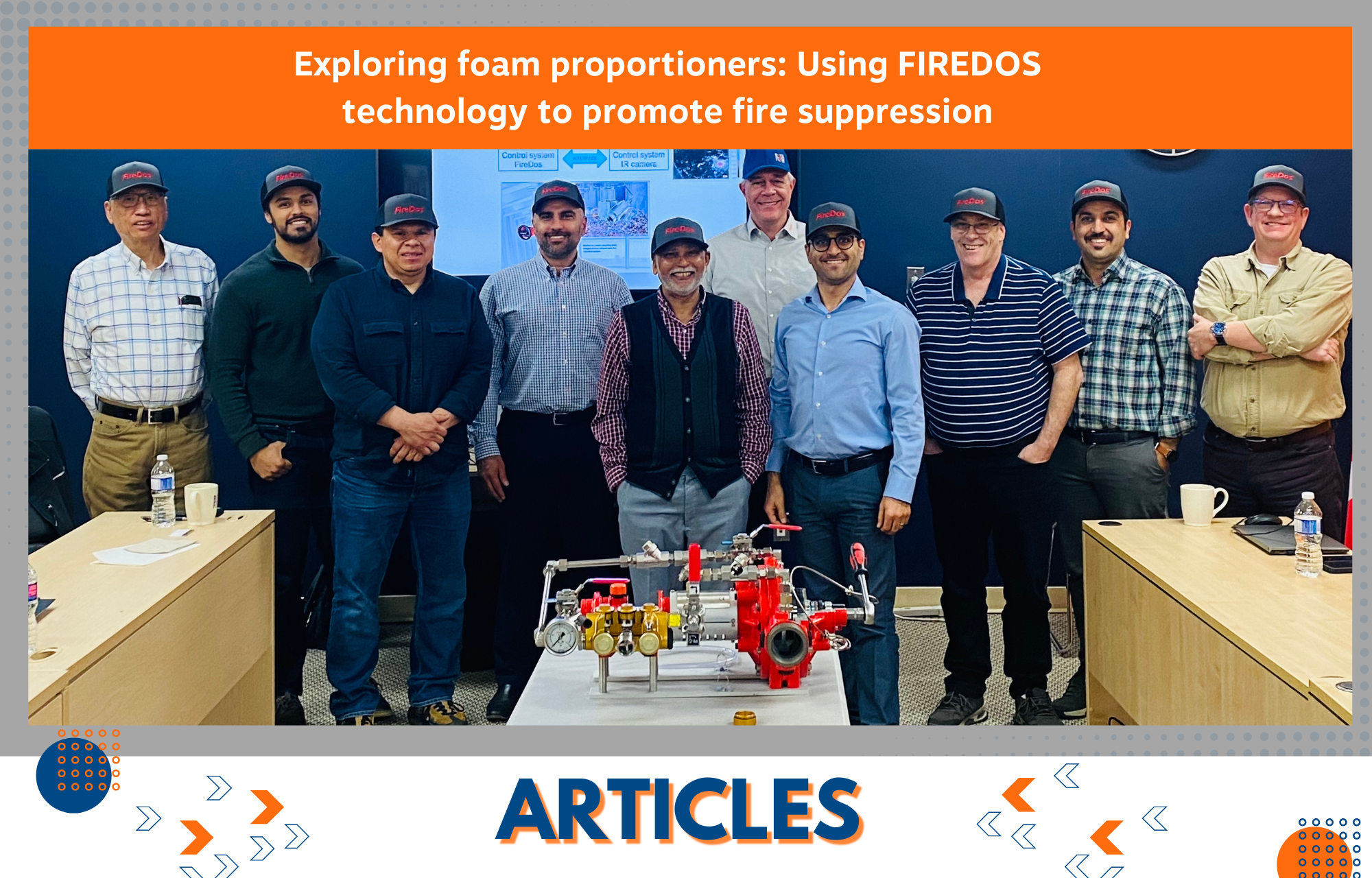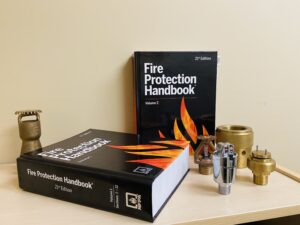Summary: Especially when combustible chemicals are involved, fire incidents present complex issues that require specific preventive measures. Foam proves to be a very useful material in such situations, as it can form a blanket of reduced oxygen and prevent condensation. Let’s look at the complexity of foam levels and their significance for fire safety, paying particular attention to the cutting-edge technology that FIREDOS offers.
Knowing the composition and expansion of the foam:
The process of foaming is as simple as mixing foam concentrate, water and air. It is important to balance these factors. The foam concentrate is usually combined with 1% or 3% water. Foam works based on its expansion ratio, which can be low or high. Increased mechanical requirements, such as those required for hydraulic generator fans, result from higher expansion rates. The specific risks under consideration have an impact on this decision, emphasising the significance of customised solutions.
The Development of Foam Agents
Foam concentrates have evolved since formulas switched from protein-based to synthetic detergents in the 1960s. Aqueous film-forming foams (AFFF), which provide improved fuel tolerance and vapour-sealing properties, were a major breakthrough. Film-forming fluoroprotein (FFFP) foams were created as a result of additional improvements that combined film formation with enhanced burn-back resistance.
The industry has moved towards fluorine-free foam agents (SFFF/F3), which remove fluorine while retaining firefighting effectiveness, in response to environmental concerns. These agents are especially important in the fight against contemporary issues like E10 petroleum, which contains biofuel based on ethanol and calls for foam formulations that are resistant to alcohol.
Analysis of foam performance:
Standard tests such as EN 1568 and UL162 are used to evaluate foam performance. Variables such as postfire safety, bubble stability, and extinction time are examined. These tests provide a standard that can be used to compare various lung components, facilitating informed decision-making. However, it is important to understand how external variables, such as abrasive solvents, room temperature, and application method, affect foam efficiency
While following standardised testing procedures is important, asking foam manufacturers for their specifics on their indoor fire performance can provide certain risk groups with insights worthy of the basic foam certification codes. Despite differing performance guarantees, 1% and 3% concentrates are commonly used to produce finished foams.
FIREDOS Foam Measurements:
FIREDOS is a well-known producer in the foam proportioner industry, recognised for its cutting-edge technology and dedication to fire safety. FIREDOS provides a wide range of foam proportioning solutions that are suited to various industrial applications, with an emphasis on Class B fires.
Working together with Rotaflow: A noteworthy partnership between Rotaflow and FIREDOS has improved fire safety capabilities by utilizing knowledge of foam proportioners and firefighting monitors. This collaboration highlights a common goal of improving fire safety through cutting-edge innovation and teamwork.
Conclusion: Foam proportioners are essential components of contemporary fire suppression tactics, providing a flexible and efficient means of putting out flammable liquid flames. Efficiency and environmental sustainability are given priority in the sector as it develops further because of improvements in foam agents, standards, and technology. With manufacturers like FIREDOS setting the standard for creative solutions, fire safety has a bright future ahead of it thanks to everyone’s shared dedication to preserving property and lives from the destructive power of fire.
Courtesy: Mohammad Reza Shami, Lead Engineer, Fire Protection



